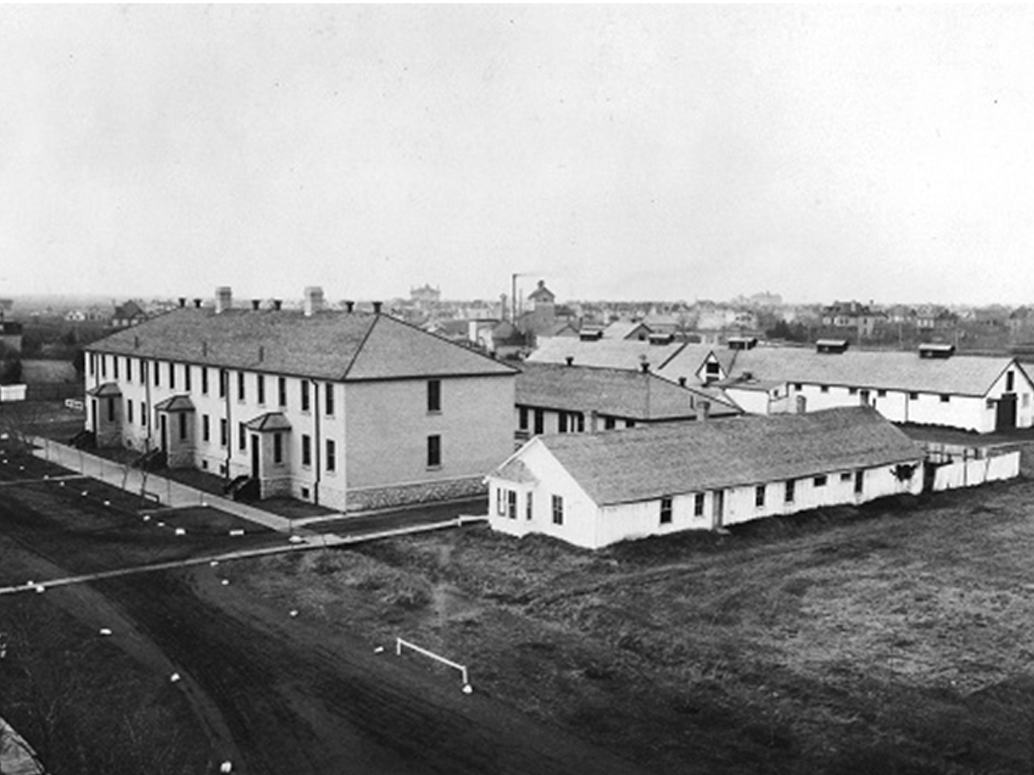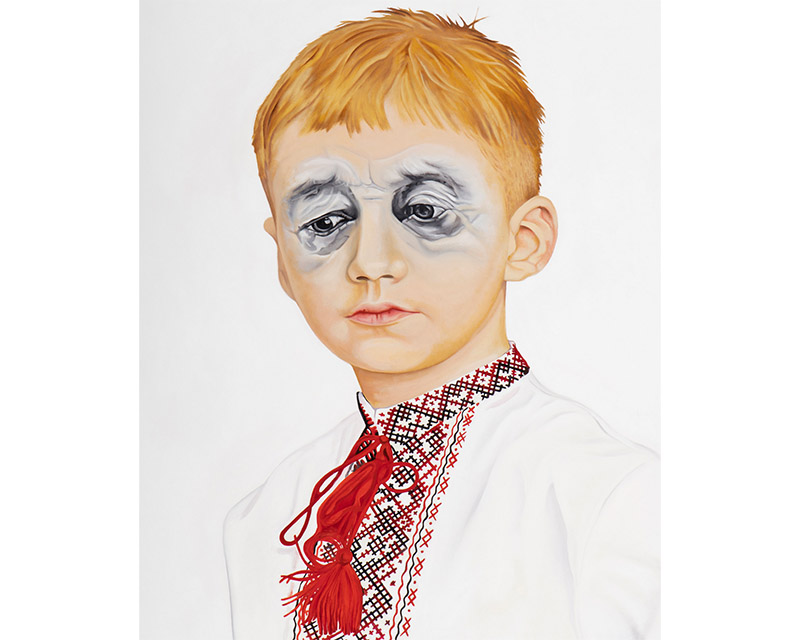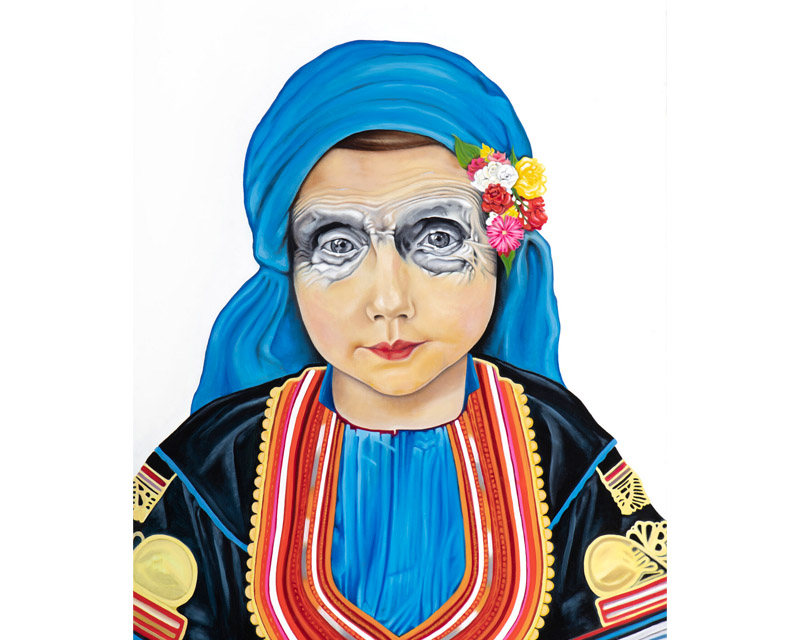Interned at Fort Osborne

Fort Osborne was located on the grounds of the Manitoba Legislature between 1873 and 1917. During the first years of the First World War, the fort was used as a receiving station for 'enemy aliens.'
Starting in 1914, the Canadian government reclassified all immigrants from enemy nations as "enemy aliens," a status that stripped them of virtually all their civil rights. Any who were suspected of disloyalty were interned, along with enemy aliens who were homeless. The majority of the internees were poor men of Ukrainian or other nationalities who had immigrated from the Austro-Hungarian Empire.
At that time a large number of Ukrainian men lived in Winnipeg, many of them working at the massive railway yards on the north side, or for the City of Winnipeg as street cleaners or construction labourers. When the war broke out they immediately came under suspicion, and were required to register with the police and report regularly, while carrying special identification papers with them at all times.
The receiving station set up at Fort Osborne was the first destination for enemy aliens that had been arrested in Winnipeg and the surrounding area. In most cases they would be sent on to remote forced labour camps in Alberta, British Columbia, Ontario or Quebec.
As the number of aliens being arrested was winding down by 1916, the receiving station was shut down. Fort Osborne itself was relocated, to make way for construction of the provincial legislature.
Starting in 1914, the Canadian government reclassified all immigrants from enemy nations as "enemy aliens," a status that stripped them of virtually all their civil rights. Any who were suspected of disloyalty were interned, along with enemy aliens who were homeless. The majority of the internees were poor men of Ukrainian or other nationalities who had immigrated from the Austro-Hungarian Empire.
At that time a large number of Ukrainian men lived in Winnipeg, many of them working at the massive railway yards on the north side, or for the City of Winnipeg as street cleaners or construction labourers. When the war broke out they immediately came under suspicion, and were required to register with the police and report regularly, while carrying special identification papers with them at all times.
The receiving station set up at Fort Osborne was the first destination for enemy aliens that had been arrested in Winnipeg and the surrounding area. In most cases they would be sent on to remote forced labour camps in Alberta, British Columbia, Ontario or Quebec.
As the number of aliens being arrested was winding down by 1916, the receiving station was shut down. Fort Osborne itself was relocated, to make way for construction of the provincial legislature.
* * *
Kerri Parnell's Art Exhibit Pause in Plight
Winnipeg-born artist Kerri Parnell created a moving art exhibit exploring the story of Canada's First World War Internment Operations.
A virtual tour of the exhibit can be taken at her site at: https://www.kerriparnell.com
One set of paintings is called Old Eyes. Kerri describes the works:
"Between 1914 and 1920, 8,579 “enemy aliens” were incarcerated, among them women and children, as reported by Major-General Sir William D. Otter, the Officer Commanding these internment operations for the Department of Justice. The paintings in this series depict Ukrainian, Serbian, Bulgarian, Armenian, and Croatian children. The affected communities included Ukrainians, Germans, Croatians, Hungarians, Armenians, Bulgarians, Czechs, Alevi Kurds, Jews, Ottoman Turks, Poles, Romanians, Serbians, Slovaks, and Slovenes. Most of those interned were civilians. With each child wearing traditional clothing from their respective homeland, Old Eyes examines the lineage of trauma that resonates within future generations who bear the burden of shame of what happened. It serves as a reminder, that in some circumstances, differences are still not celebrated in Canada today."
 Ukrainian Boy.
Ukrainian Boy.
 Croatian Girl.
Croatian Girl.
 Bulgarian Boy.
Bulgarian Boy.
 Serbian Girl.
Serbian Girl.
 Armenian Girl.
Armenian Girl.
The full exhibit Pause in Plight, is currently touring art galleries around Canada. Visit Kerri's website at https://www.kerriparnell.com to see her other works, take a virtual tour of the exhibit, and purchase prints.
Winnipeg-born artist Kerri Parnell created a moving art exhibit exploring the story of Canada's First World War Internment Operations.
A virtual tour of the exhibit can be taken at her site at: https://www.kerriparnell.com
One set of paintings is called Old Eyes. Kerri describes the works:
"Between 1914 and 1920, 8,579 “enemy aliens” were incarcerated, among them women and children, as reported by Major-General Sir William D. Otter, the Officer Commanding these internment operations for the Department of Justice. The paintings in this series depict Ukrainian, Serbian, Bulgarian, Armenian, and Croatian children. The affected communities included Ukrainians, Germans, Croatians, Hungarians, Armenians, Bulgarians, Czechs, Alevi Kurds, Jews, Ottoman Turks, Poles, Romanians, Serbians, Slovaks, and Slovenes. Most of those interned were civilians. With each child wearing traditional clothing from their respective homeland, Old Eyes examines the lineage of trauma that resonates within future generations who bear the burden of shame of what happened. It serves as a reminder, that in some circumstances, differences are still not celebrated in Canada today."





The full exhibit Pause in Plight, is currently touring art galleries around Canada. Visit Kerri's website at https://www.kerriparnell.com to see her other works, take a virtual tour of the exhibit, and purchase prints.
